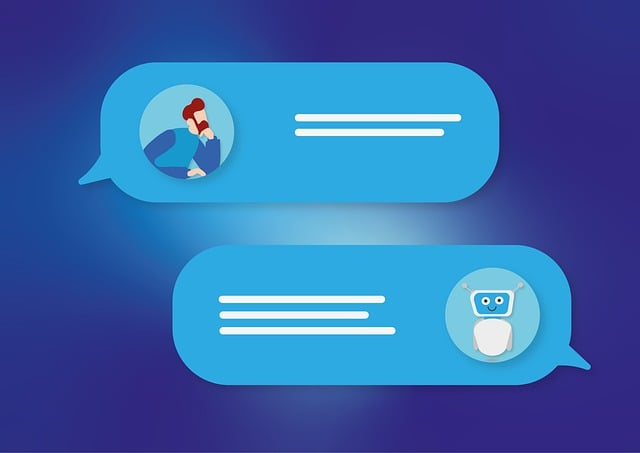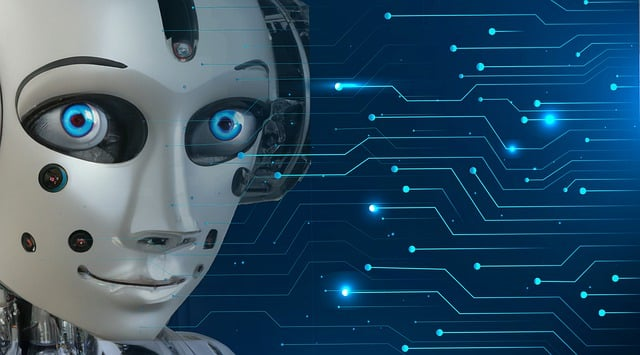
Personalisation is the new frontier in technology. As consumers, we all desire a unique experience tailored to our specific preferences and behaviours. This desire is pushing brands to innovate and adapt their technologies in pursuit of the ultimate personalised user experience. Among these technologies, artificial intelligence, particularly in the form of AI chatbots, has emerged as a key player. In the context of user experience (UX), AI chatbots are not just an add-on; they are game-changers.
Understanding the power of AI chatbots
AI chatbot is a term that’s been making rounds in the tech industry for quite some time. At its core, an AI chatbot is a software designed to interact with humans in their natural language, usually through messaging applications, websites, mobile apps, or through the telephone. These bots are often powered by Artificial Intelligence and Machine Learning, enabling them to learn from user interactions and become smarter with each conversation. The potential of AI chatbots in personalising user experiences is immense, but to understand it fully, we need to delve into the basic principles of user experience.

Unravelling the essence of user experience
User Experience, or UX, is a holistic concept that refers to a person’s emotions and attitudes about using a particular product, system or service. It includes the user’s perceptions of the system aspects such as utility, ease of use and efficiency. In essence, UX is about the ‘experience’ a user has while interacting with a product or a service. It’s the perception left in a user’s mind after interacting with a system, be it a website, an app, or any form of human-computer interaction. It encapsulates every touchpoint a user has with a product or service.
To create a positive UX, designers must ensure that products and services meet the exact needs of the customer, without fuss or bother. This involves the design of both a product’s functionality and the fun, joy, and pleasure derived from using it. It is also about eliminating the negative aspects of usage and the hardships related to accessing the offering.
A positive user experience is crucial to the success of any product or service, and here’s why:
-
customer loyalty: a positive user experience enhances customer satisfaction, leading to higher retention rates. Customers are likely to return and stick with a product or service if they have a positive experience;
-
competitive advantage: in highly competitive markets where product offerings are often similar, a positive user experience can provide the edge that sets a company apart from its competitors;
-
improved conversions: a good user experience significantly improves conversion rates. If customers enjoy the experience, they are more likely to make a purchase, subscribe to a service, or perform any desired action;
-
cost savings: investing in a good user experience can lead to cost savings in the long run. Happy customers are less likely to return products, demand refunds, or call customer service. They’re also more likely to recommend the product to others, providing free advertising;
-
brand reputation: user experience is an integral part of your brand, and a positive user experience can enhance your brand reputation.
AI chatbots can substantially augment UX, by providing interactive and personalized interactions, thus enhancing the overall customer journey. By being responsive, available, and personal, they are turning the user experience into a conversation rather than a series of disjointed interactions.
Enhancing user experience: the AI chatbot revolution
AI chatbots have the power to revolutionize user experience. They can communicate with users, understand their needs, and provide instant, personalized responses. Here are a few ways in which AI chatbots are enhancing UX:
-
24/7 Availability: AI chatbots are available around the clock, providing instant support and assistance to users anytime, anywhere;
-
instant response: chatbots provide instant answers to queries, reducing wait times and enhancing user satisfaction;
-
personalisation: AI chatbots can remember past interactions and personal preferences, enabling them to deliver personalized experiences that users appreciate;
-
automation of repetitive tasks: AI chatbots can handle repetitive tasks such as answering common questions, freeing up human agents for more complex queries.
The future of AI chatbots in user experience
AI chatbots are already transforming user experience, but their future potential is truly staggering. As technology advances and AI becomes increasingly sophisticated, chatbots are set to take on even more complex tasks and provide an even more seamless user experience.
Here are some ways in which AI chatbots are likely to shape the future of user experience:
-
hyper-personalization: as AI chatbots continue to learn and gather data, they will be able to provide an even more personalized user experience. This could involve recommending products based on past purchases, predicting customer needs before they arise, and providing solutions tailored to each individual user;
-
voice-activated bots: with the rise of voice-activated technology such as Siri, Alexa, and Google Home, we can expect to see an increase in voice-activated chatbots. These bots will be able to understand and respond to voice commands, providing a hands-free, voice-led user experience;
-
multilingual support: AI chatbots of the future will be able to understand and communicate in multiple languages, providing a seamless user experience for people around the world. This has profound implications for global businesses looking to provide consistent customer service worldwide;
-
emotion recognition: future AI chatbots may be capable of recognizing user emotions based on their text or voice input. This could allow bots to adapt their responses depending on the user’s mood, providing a much more empathetic user experience;
-
advanced problem solving: as AI continues to develop, chatbots will become increasingly proficient at problem-solving. They’ll be capable of understanding complex queries and providing effective solutions, reducing the need for human intervention;
-
integration with IoT devices: with the rise of the Internet of Things (IoT), we can expect to see chatbots integrated with a range of smart devices, from home appliances to wearable tech. This would allow users to control various aspects of their connected life through their chatbot, centralizing their digital user experience;
-
predictive actions: leveraging the power of machine learning, future AI chatbots could predict a user’s needs before they even ask. Whether it’s ordering a new batch of groceries when they’re about to run out, or suggesting a music playlist based on their recent listening habits, predictive actions could make users’ lives easier and more efficient;
-
unprecedented customer insights: with their ability to gather and analyse large amounts of data, AI chatbots will provide companies with unprecedented customer insights. This could lead to improved products and services, as well as more effective marketing strategies.
As we propel into the future, it is clear that AI chatbots have a significant role to play in shaping user experiences. Their ability to offer personalized, interactive, and instant responses positions them as a crucial tool in the UX toolkit. Whether it’s improving customer service, personalizing content, or facilitating seamless user journeys, AI chatbots are paving the way towards a more user-centric digital landscape. For brands aiming to thrive in the digital age, adopting AI chatbot technology is not just an



